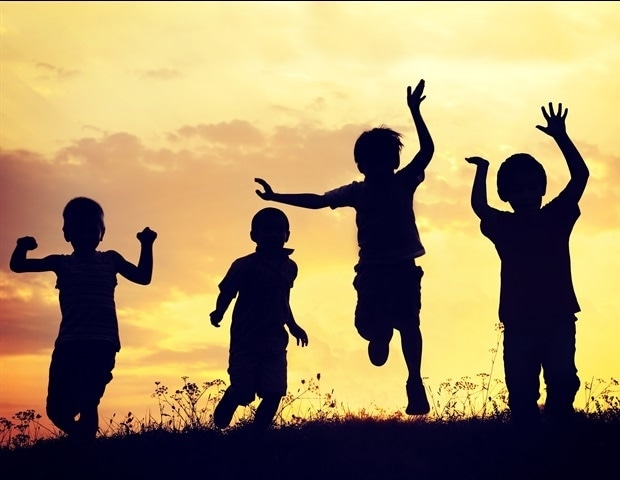For children and teens with migraine, the pain and symptoms that accompany migraine attacks can be debilitating, resulting in missed school days, absence from social or sporting events, and affected home activities. Now the American Academy of Neurology (AAN) and the American Headache Society have developed two guidelines that include recommendations for preventing and treating migraine in children and teens. The guidelines are published in the August 14, 2019, online issue of Neurology®, the medical journal of the AAN, and are endorsed by the American Academy of Pediatrics and the Child Neurology Society as well as the American Headache Society. The guidelines update the 2004 AAN guideline on drug treatment of migraine in children and teens.
Migraine is a common neurologic disease marked by irregular attacks of moderate to severe headaches and related symptoms, including nausea, vomiting and sensitivity to light and sound.
The guidelines looked at two areas: acute treatments to stop or lessen the pain and other symptoms during an attack and also treatments to prevent or reduce how often the migraine attacks occur and lower the impact of the disease on school, home and social functioning.
We reviewed all of the available evidence, and the good news is that there are evidence-based treatments for children and teens that are effective for treating migraine attacks when they occur. However, most medications that are designed to prevent recurrent migraine attacks are only as good as placebo when used in children and there is little evidence to guide treatment of related symptoms such as nausea and sensitivity to light. It should be noted that these medications, as well as placebo, were effective in more than 50 percent of the patients.”
Guideline lead author Maryam Oskoui, MD, MSc, of McGill University in Montreal, Canada, and a Fellow of the American Academy of Neurology
The guidelines recommend that children and teens have a detailed history and physical examination, including a neurological examination that may need to be conducted by a neurologist or headache medicine specialist. The guidelines also recommend that children and teens, along with their parents, be educated about migraine, including potential identification of factors associated with migraine, such as lack of physical activity, being overweight, excessive caffeine intake, poor sleep habits and dehydration.
Additionally, migraine may occur alongside mood disorders such as depression and anxiety that can worsen the disability and delay recovery. Development of healthy lifestyle habits to include healthy eating, regular exercise, adequate hydration and getting enough regular sleep can address many of these issues.
Doctors should discuss the risks and benefits of preventive medication and appropriate acute treatment. The combination of cognitive behavioral therapy (CBT) and amitriptyline was more beneficial than amitriptyline and headache education in reducing migraine attack frequency and migraine-related disability, however, it is important to note that amitriptyline may increase the risk of suicidal thoughts and behavior.
CBT uses a combination of coping skills, positive thinking strategies, adherence management, barrier reduction and biofeedback-assisted relaxation, which is computer-aided feedback of relaxation techniques, to empower the children and teens to counter the effects of migraine.
Oskoui said:
The benefit of CBT alone or in combination with other treatments in migraine prevention warrants further study.”
The guidelines recommend treating attacks as soon as the child or teen becomes aware of an attack starting. Medications such as ibuprofen, triptans and combination sumatriptan/naproxen can help relieve pain during an attack.
Another treatment outlined in the guidelines was botulinum toxin for prevention of migraine. While the drug is effective in preventing migraine in adults, it has not shown the same effectiveness in children and teens.
Finally, the guidelines did not address some of the newest treatments, including calcitonin gene-related peptide (CGRP) antibodies, other similar drugs, and devices for migraine in children and teens, because while there has been research showing these treatments may work well for preventing migraine in adults, the study of these treatments in children and teens is only beginning.
